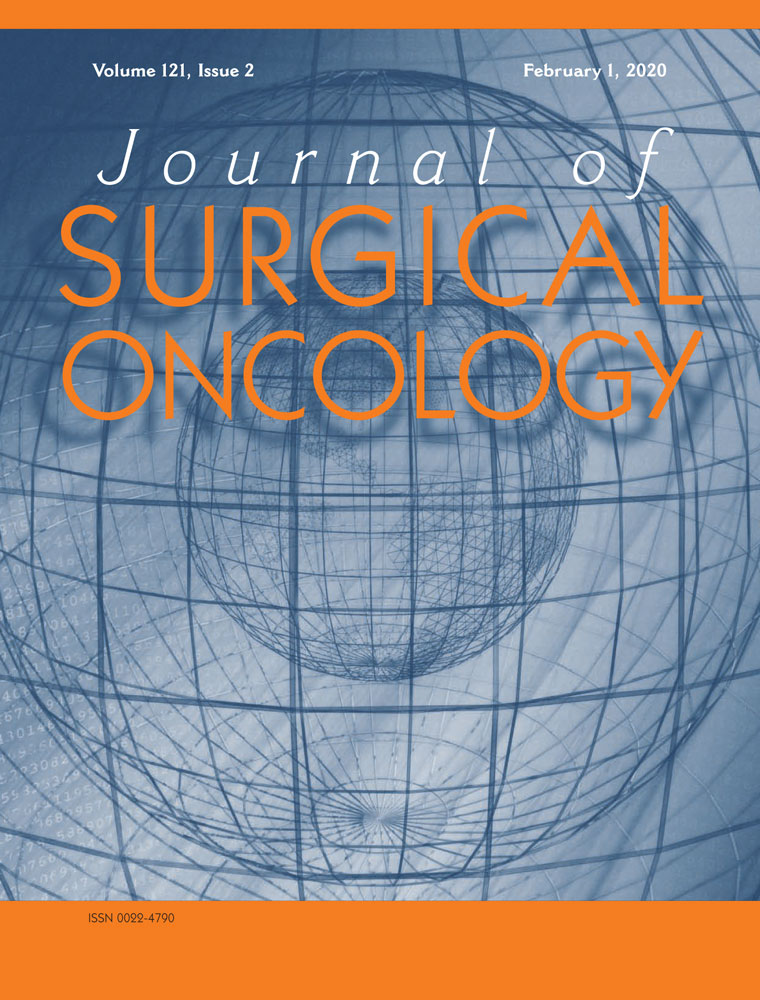Venous thromboembolism chemoprophylaxis in mastectomy patients: A 5-year follow-up study
Abstract
Background
Venous thromboembolism (VTE) chemoprophylaxis in breast surgery remains controversial. In 2012, we instituted a practice change of routine chemoprophylaxis for patients with invasive cancer undergoing mastectomy. Herein, we report the effects of this on rates of VTE and hematoma.
Methods
Our 30-day rates of VTE and hematoma requiring reoperation among patients with mastectomy since the practice change were retrospectively collected from National Surgical Quality Improvement Program (NSQIP). The subsequent 5-year data (2012-2017) was compared with historic NSQIP data (2006-2010). We utilized information from our 30-day follow-up databank to assess patients not sampled by NSQIP.
Results
After the practice change, the heparin prophylaxis rate rose from 19.5% to 95.6% (P < .001) and the VTE rate fell from 0.8% to 0% (P = .30). There was no significant change in reoperative hematoma rate (P = .39). The majority of the current NSQIP patient population (93.1%) had a Caprini score of 5 or greater. Among 663 patients obtained from 30-day postoperative follow-up, there were 2 VTE (0.3%) and 7 (1.1%) reoperations for hematoma.
Conclusions
The practice change resulted in an increase of VTE chemoprophylaxis without significant change in hematoma incidence. Although not statistically significant, VTE incidence decreased. This supports the use of standardized VTE chemoprophylaxis in this population and warrants further study.




